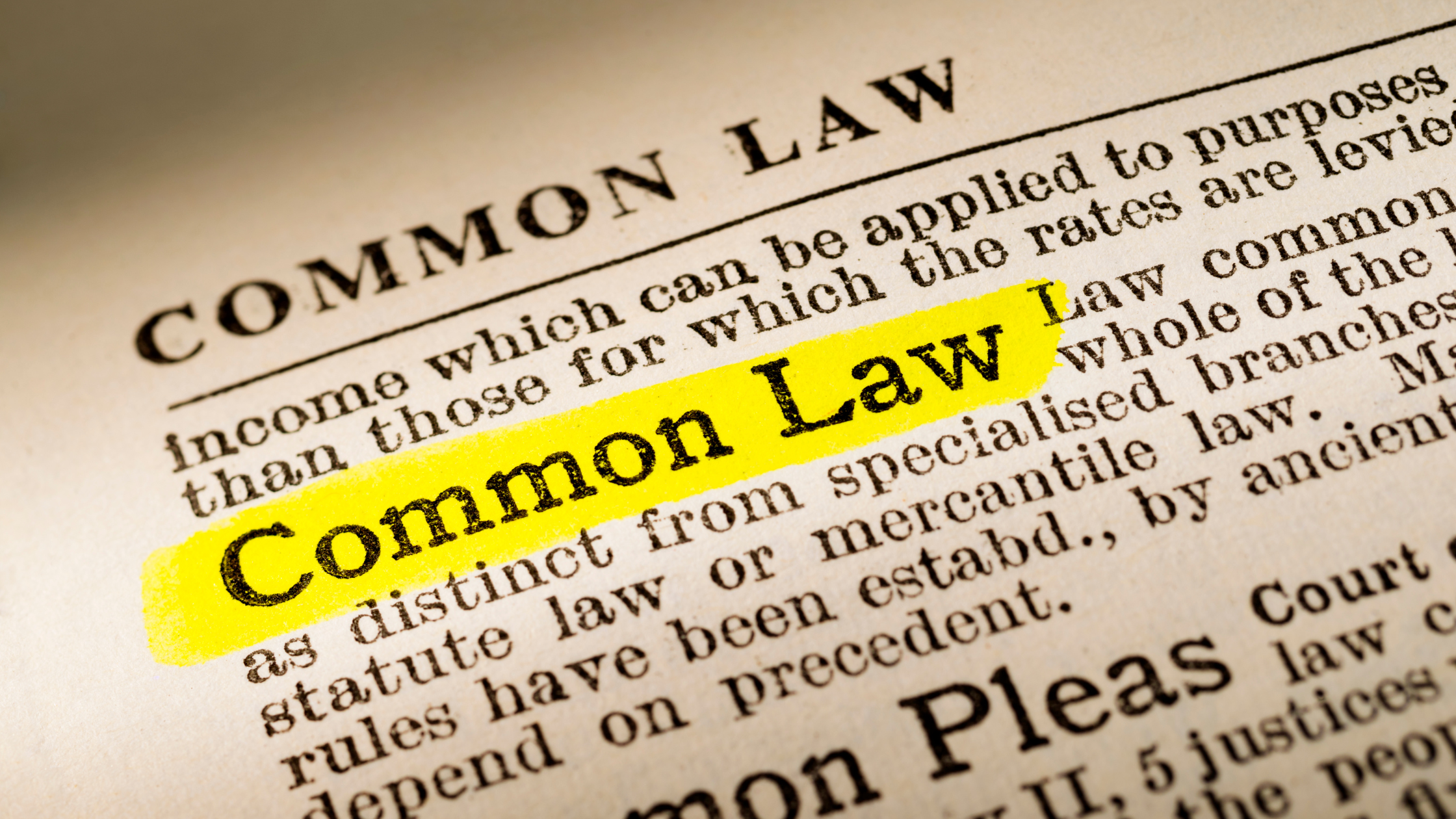In this blog post, I explore the serious harm test, drawing on the first Australian trial to consider it, Martin v Najem [2022] NSWDC 479, and other relevant cases.
The Serious Harm Test
The serious harm test, as adapted from Section 1 of the UK's Defamation Act 2013, requires plaintiffs to establish that serious harm has been or is likely to be caused by the defamatory statements in question.
As laid out in the case of Newman v Whittington [2022] NSWSC 249, this test aims to discourage cases where the legal costs are disproportionate to the potential damages.
Factors to Consider
In assessing whether serious harm has been or is likely to be caused, the following factors may be considered, as outlined in Martin v Najem [2022] NSWDC 479:
1. The meaning of the words and the gravity of any imputations.
2. The extent of publication.
3. The standing of the defendant.
4. The identity of the recipients and their relationship (if any) with the plaintiff.
5. The circumstances of the plaintiff.
6. The reaction of the recipients.
However, these factors should not be treated as evidence in themselves, but rather as headings under which relevant evidence may be presented.
Proving Serious Harm
Establishing serious harm requires a fact-rich proof of harm that is actually or likely to be serious, as opposed to mere inferences of serious harm. There must be causation between the publication and the serious harm, which may be established by inference, particularly when considering future matters such as the statement's impact on people who will come to know the plaintiff in the future (Napag Trading Ltd v Gedi Gruppo Editoriale SPA [2020] EWHC 3034 (QB)).
Martin v Najem [2022] NSWDC 479
Introduction
This was legal battle between two prominent food influencers.
The plaintiff, known by his social media handle "@Issac_eatsalot", and the defendant built their careers on blogging about food-related issues on Instagram. However, their rivalry took a dark turn, resulting in defamatory comments.
Background
@Issac_eatsalot, a former pastry chef, began his social media career by participating in competitive food eating contests and promoting the venues he visited. He had amassed a significant following on various social media platforms and frequently worked in paid partnerships with venues and businesses. His wife, who was also involved in his food blogging work, had been directly affected by the escalating situation.
The Feud
On April 22, 2022, @Issac_eatsalot was informed by one of his followers that the defendant had published a video about him on Instagram. In the video, the defendant called @Issac_eatsalot a paedophile and a racist. Concerned and offended by the content, @Issac_eatsalot discovered that the defendant had directed his followers to a second Instagram account, where he continued to post defamatory content.
The Impact
The plaintiff's anxiety and distress were exacerbated by the knowledge that the defendant was an Instagram business rival with a relatively substantial following.
The defendant's campaign of abuse continued with several more videos and a direct message threatening to destroy @Issac_eatsalot. This resulted in the plaintiff reporting the publications to the police and seeking medical assistance.
The Legal Battle
The plaintiff commenced legal proceedings in July 2022, seeking damages for the defamatory content posted by the defendant. Since then, @Issac_eatsalot continued to receive negative and derogatory comments on his own Instagram account.
The Findings
In Martin v Najem [2022] NSWDC 479, the court found that the publications in question caused serious harm due to factors such as the extreme nature of the allegations, the manner of publication, the extent of publication, and the ongoing impact on the plaintiff's health and security.
The court also considered the reactions of third parties and the plaintiff's own affidavit detailing the stress and anxiety caused by the publications.










